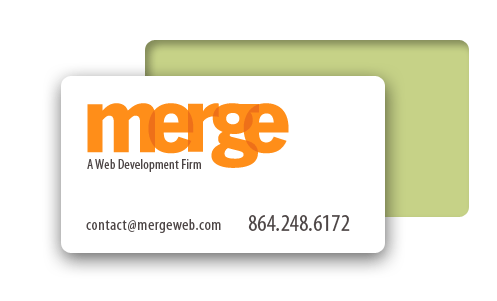What’s the right investment for your Web Strategy?
The Chamber of Commerce’s of the world, lead groups, Rotary, Sertoma and the like all have an annual fee associated with them. Some of these groups can be pretty pricey. Others can be under $100 per year. But the real cost-or should I say, the real investment-is the amount of time they require to generate results.
This couldn’t be more true for your web site.
There are different level of investments you can choose to make in your overall web strategy. Each level requires a financial investment as well as a good portion of your time. Of course the principal of “what you put into it is what you’ll get out of it” holds true.
If you “just” want a web site, it will probably cost you little in time and money. Your nephew can do this for you, or maybe even a freelancer. Of course, your return will be “just,” but you’ll have a web site. Mission accomplished I guess.
If you want a web site, but you have some level of expectations in terms of results, then you’ll be investing a little more time in planning what the web site should say and do, and this will in turn cost a little more money. You’re probably looking for a small web development company to handle this for you. Your break-even point will probably come within the first year. Not bad.
If you really want to shoot for the stars, and you want to have one of the best-if not the best-web site in your market, then you’re going to hire Merge-I mean-an established web development firm with a track record for producing such web sites. You will spend a good amount of time creating a strategy, developing your brand, determining the functional requirements and having a copywriter provide just the right copy. You’ll also probably invest in a search engine optimization campaign to make sure you’re getting the right type and the right amount of traffic to your web site to make it successful. Though the upfront cost is significantly higher than the first two options, your return on investment will be significant as well. What you put into it is what you’ll get out of it.
You have options. Each option has it’s own cost in time and money. The results will mirror your investment. What level of investment should you make in your company’s web site?
